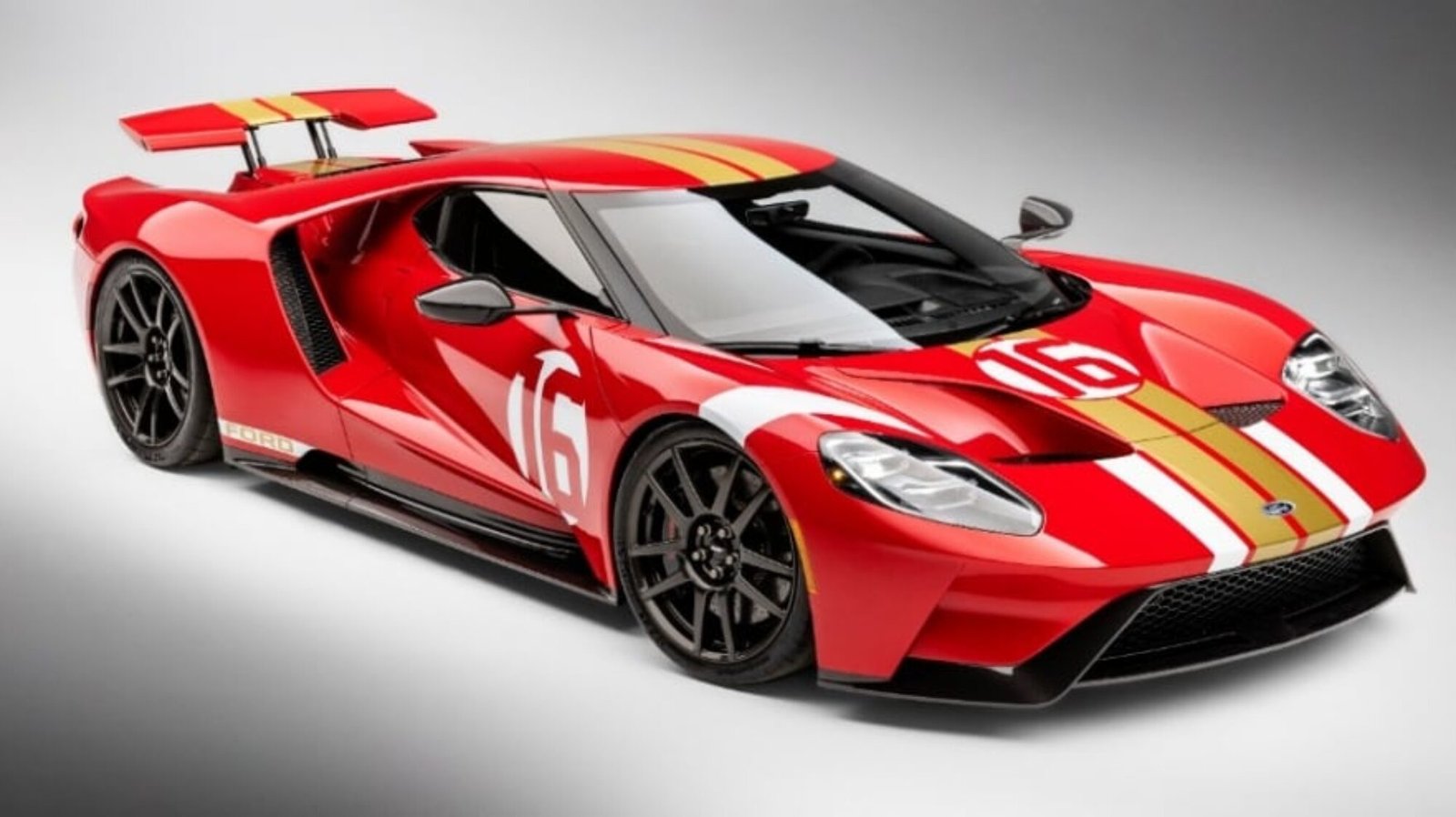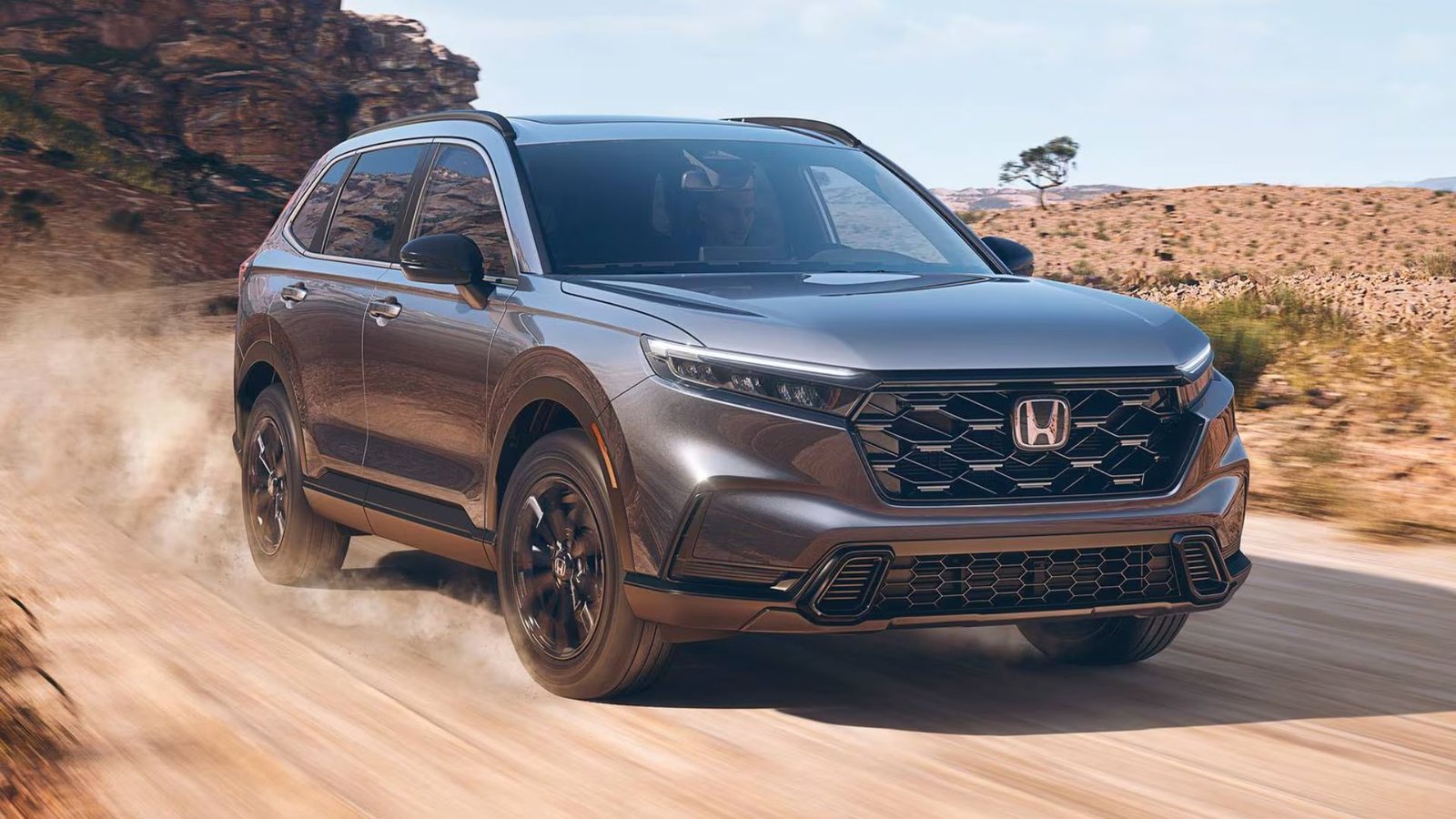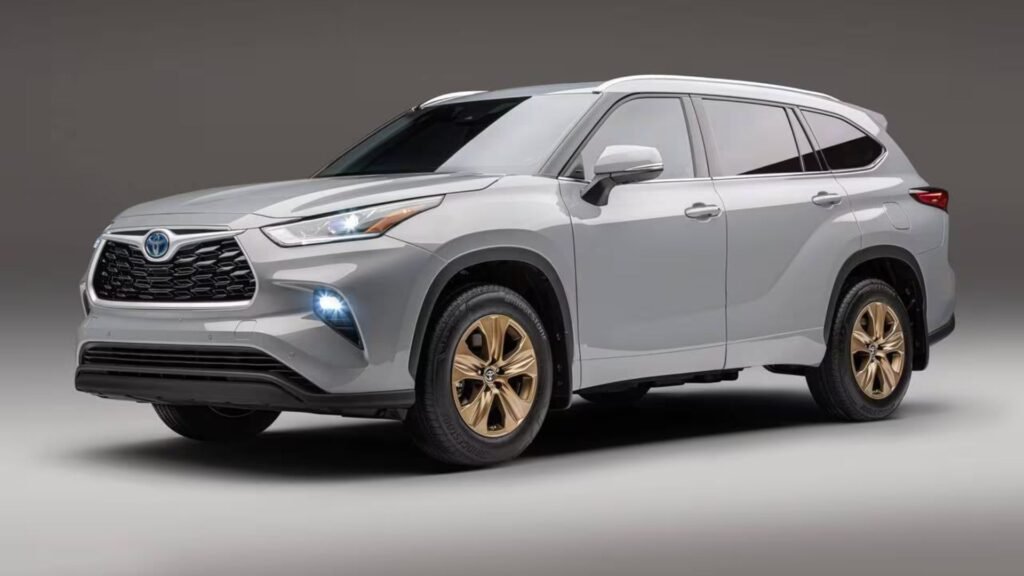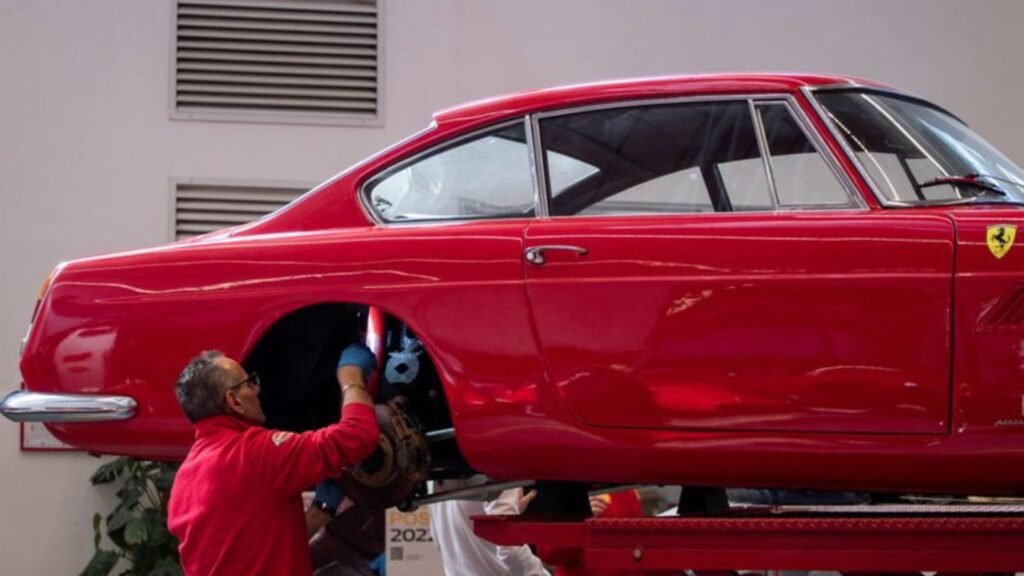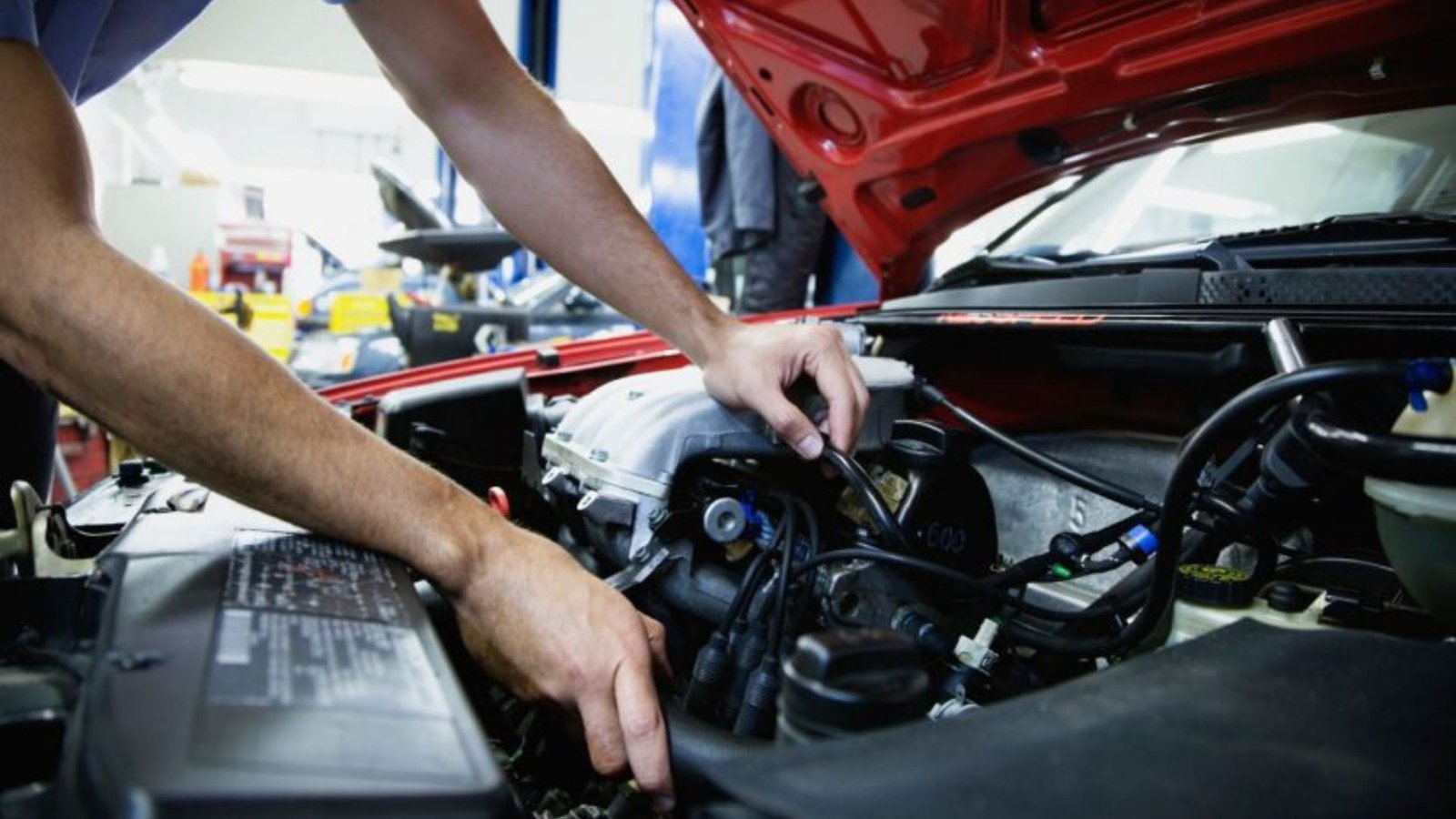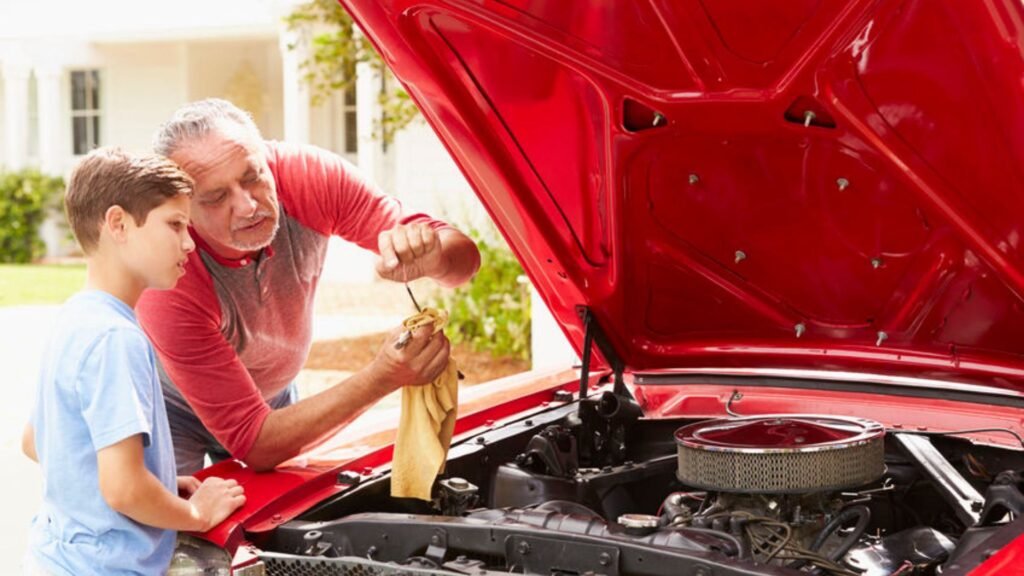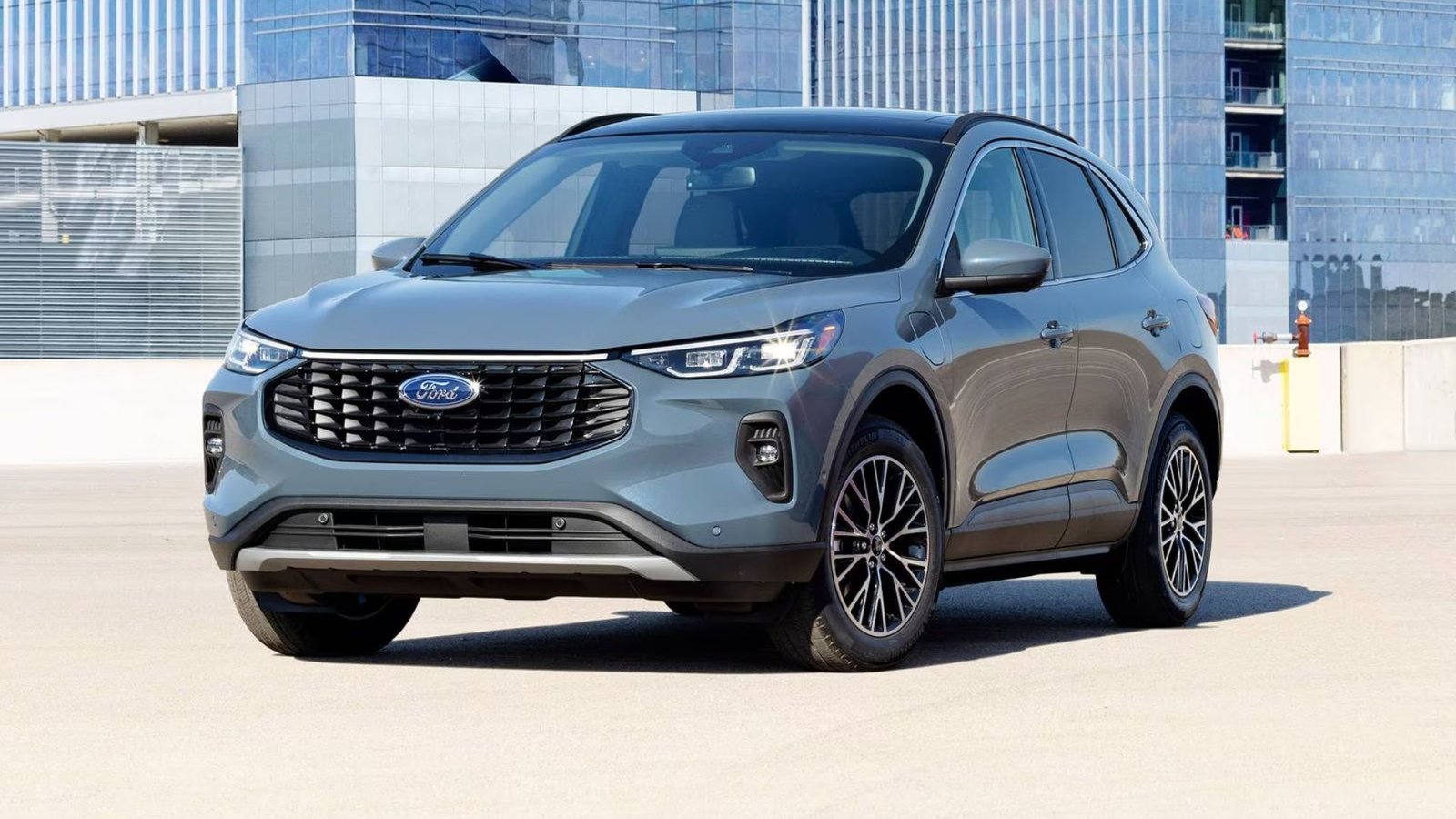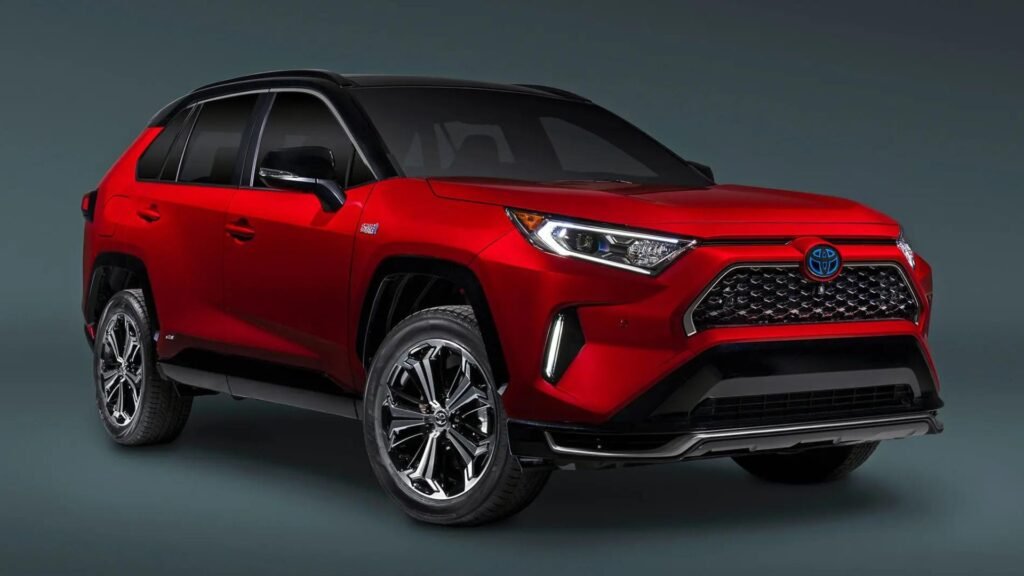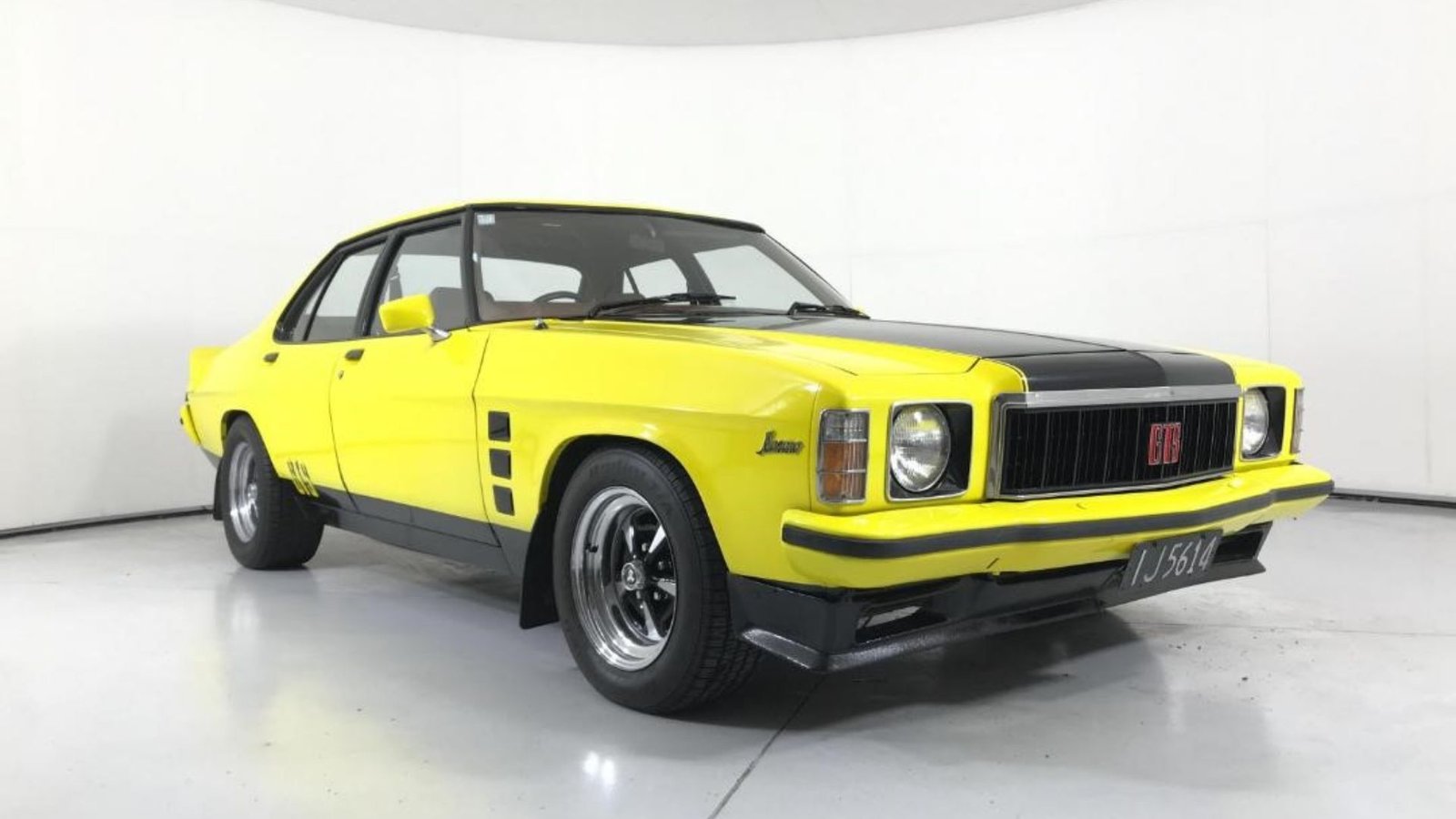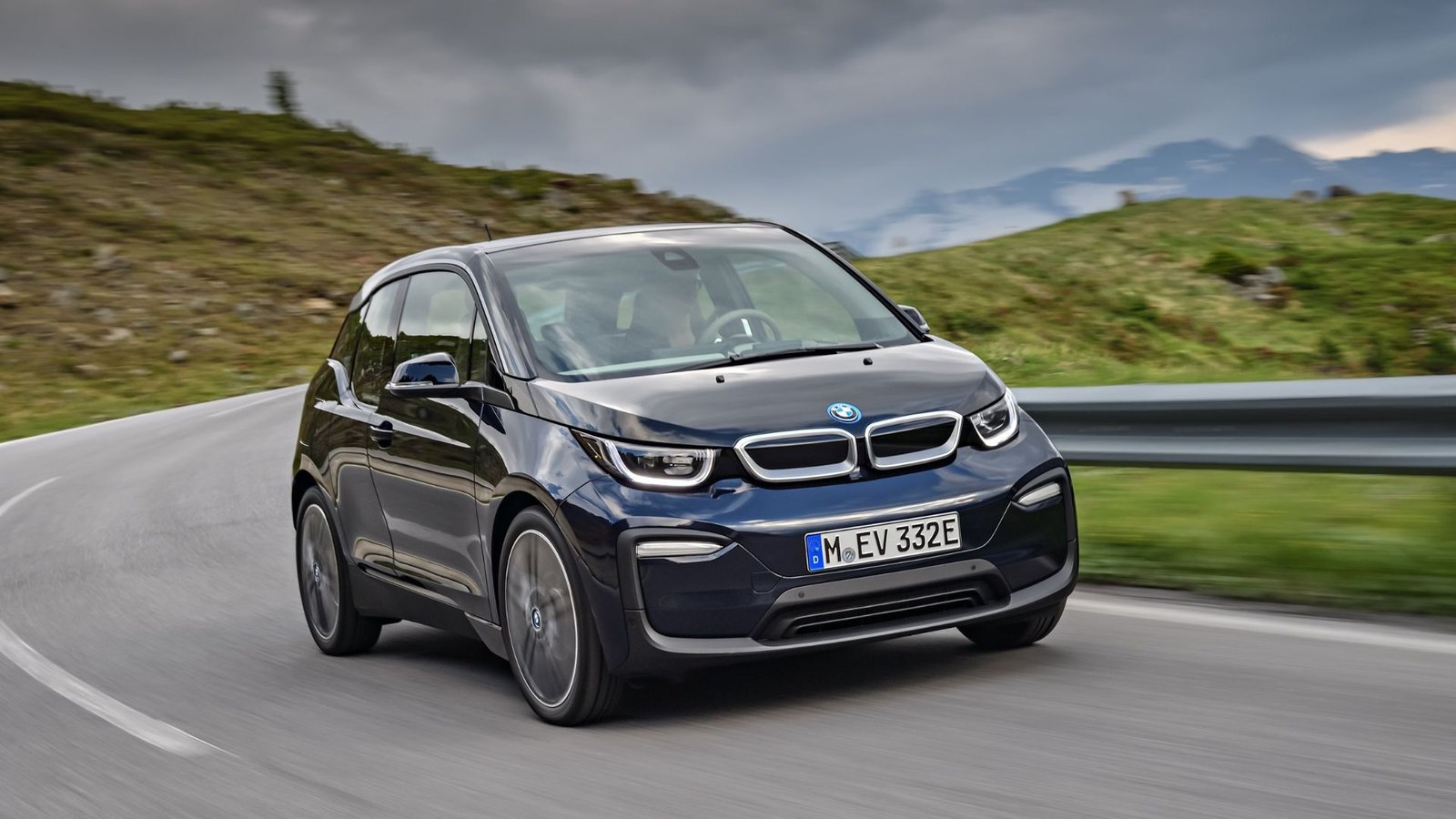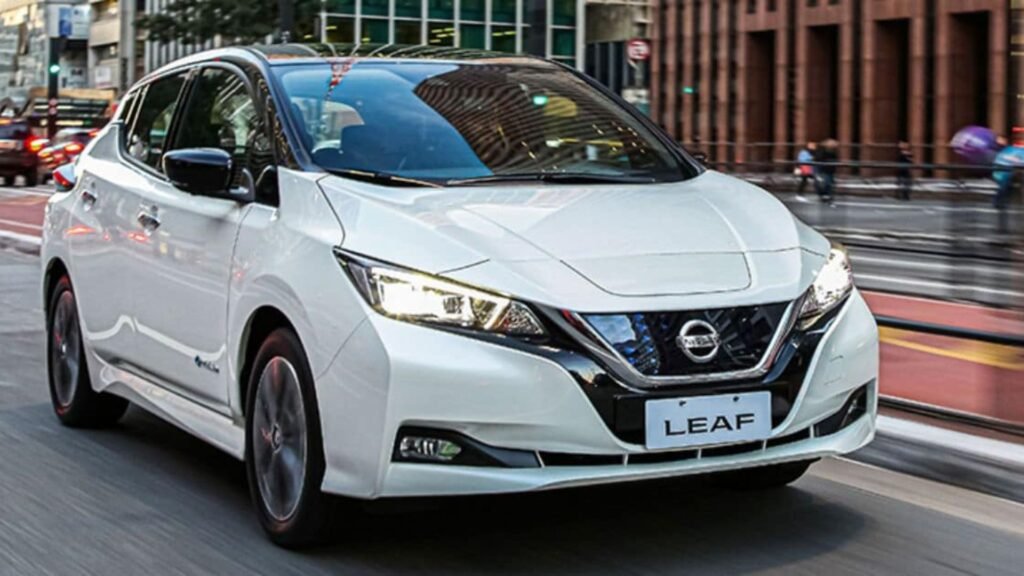Showcase of Iconic Vintage Car Models
Vintage cars represent the pinnacle of automotive design, engineering, and innovation from past eras. These classic vehicles not only captivate with their timeless beauty but also tell stories of the periods in which they were created. From luxurious grand tourers to groundbreaking sports cars, each iconic model has its own unique legacy. In this showcase, we’ll explore some of the most iconic vintage car models that have left a lasting impression on the world of automobiles.

1. Ferrari 250 GTO: The Pinnacle of Racing Heritage
The Ferrari 250 GTO is widely regarded as one of the most iconic vintage car models and valuable vintage cars ever made. Produced between 1962 and 1964, this model was originally built for racing, featuring a V12 engine and an aerodynamic body designed to dominate the track. With only 36 units ever produced, the 250 GTO is a rare gem that embodies Ferrari’s racing heritage.
Collectors revere the 250 GTO not only for its performance but also for its stunning design and exclusivity. It consistently sets records at auctions, with some models selling for over $70 million. This car is a true masterpiece, representing the perfect blend of beauty, speed, and rarity.
2. Porsche 911: The Timeless Sports Car
The Porsche 911 is an enduring symbol of engineering excellence and design that has remained largely unchanged since its debut in 1964. Known for its distinctive shape, rear-engine layout, and remarkable performance, the 911 quickly became an icon in the sports car world.
Over the decades, the 911 has seen numerous iterations, each enhancing its reputation for speed, handling, and reliability. Vintage models, particularly those from the early 1970s like the Carrera RS 2.7, are highly sought after by collectors and enthusiasts alike. The 911’s timeless appeal and continuous evolution make it a cornerstone of automotive history.
3. Jaguar E-Type: The Epitome of British Elegance
The Jaguar E-Type, launched in 1961, is often hailed as one of the most beautiful cars ever made. Its sleek, curvaceous lines and powerful performance captured the imagination of car enthusiasts around the world. The E-Type was not just a pretty face; it featured advanced engineering for its time, including a monocoque construction, disc brakes, and independent rear suspension.
The E-Type’s combination of style and substance made it a favorite among celebrities and racers alike. Today, it remains a symbol of British automotive excellence and is a prized possession for collectors who appreciate its elegance and historical significance.
4. Mercedes-Benz 300SL Gullwing: Innovation with Style
The Mercedes-Benz 300SL Gullwing, introduced in 1954, is another icon of automotive history. Renowned for its distinctive upward-opening doors and sleek design, the 300SL was also a technological marvel. It was the first production car to feature fuel injection, which gave it exceptional performance for its time.
The 300SL’s blend of style, innovation, and racing success made it an instant classic. It was the fastest production car of its era, capable of reaching speeds over 160 mph. Today, the 300SL Gullwing is a highly coveted model, revered for its groundbreaking design and engineering.
5. Ford Mustang: The Birth of the Muscle Car
The Ford Mustang debuted in 1964 and quickly became an American icon, sparking the birth of the muscle car era. With its aggressive styling, powerful V8 engines, and affordable price, the Mustang captured the hearts of car enthusiasts across the United States.
The Mustang’s success was immediate and enduring, leading to a cultural phenomenon that continues to this day. Early models, particularly the 1965-1967 versions, are highly prized by collectors who appreciate their role in American automotive history. The Mustang’s legacy as a symbol of freedom, performance, and style remains as strong as ever.
6. Aston Martin DB5: The Quintessential James Bond Car
The Aston Martin DB5, made famous by its appearance in the James Bond film Goldfinger, is perhaps the most iconic British sports car ever made. Introduced in 1963, the DB5 combined refined luxury with powerful performance, making it a favorite among the elite.
Beyond its film fame, the DB5 is revered for its exquisite design and craftsmanship. With a powerful 4.0-liter inline-six engine and luxurious interior, it embodies the perfect balance between performance and sophistication. Collectors highly value the DB5 for its association with the Bond franchise and its status as a symbol of British automotive excellence.
7. Chevrolet Corvette Stingray: An American Legend
The Chevrolet Corvette Stingray, particularly the 1963 split-window model, is one of the most iconic American sports cars. With its distinctive design, including the split rear window and sharp body lines, the Stingray set new standards for American performance cars.
The Corvette Stingray’s blend of power, style, and innovation made it an instant classic. It offered a combination of speed and handling that rivaled European sports cars, all at a fraction of the cost. Today, the Stingray remains a symbol of American ingenuity and a must-have for any serious vintage car collector.
Conclusion
In conclusion, these iconic vintage car models represent the pinnacle of automotive design and engineering from different eras. Each of these vehicles has left an indelible mark on the history of automobiles. Additionally, earning a place in the hearts of collectors and enthusiasts around the world. Whether it’s the timeless elegance of the Jaguar E-Type, the raw power of the Ford Mustang, or the innovative design of the Mercedes-Benz 300SL Gullwing, these classic cars continue to captivate and inspire, making them true icons of the automotive world.
